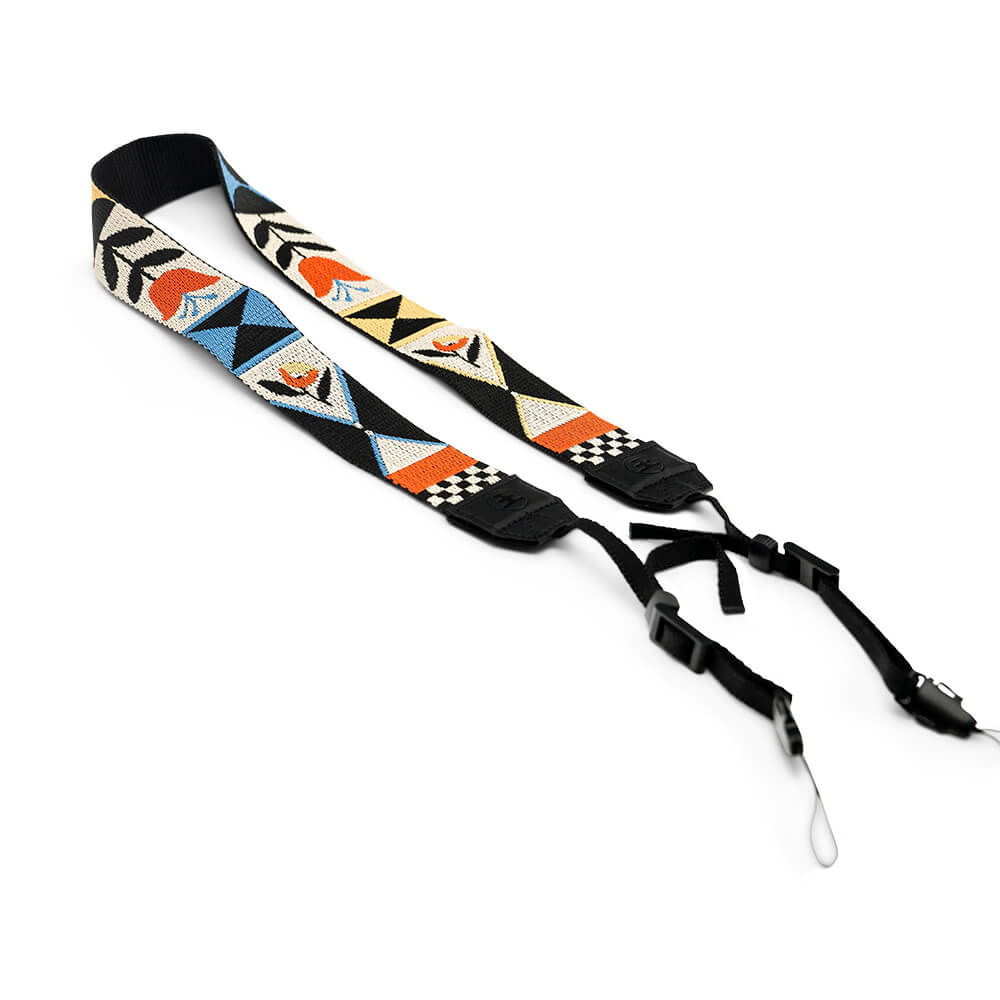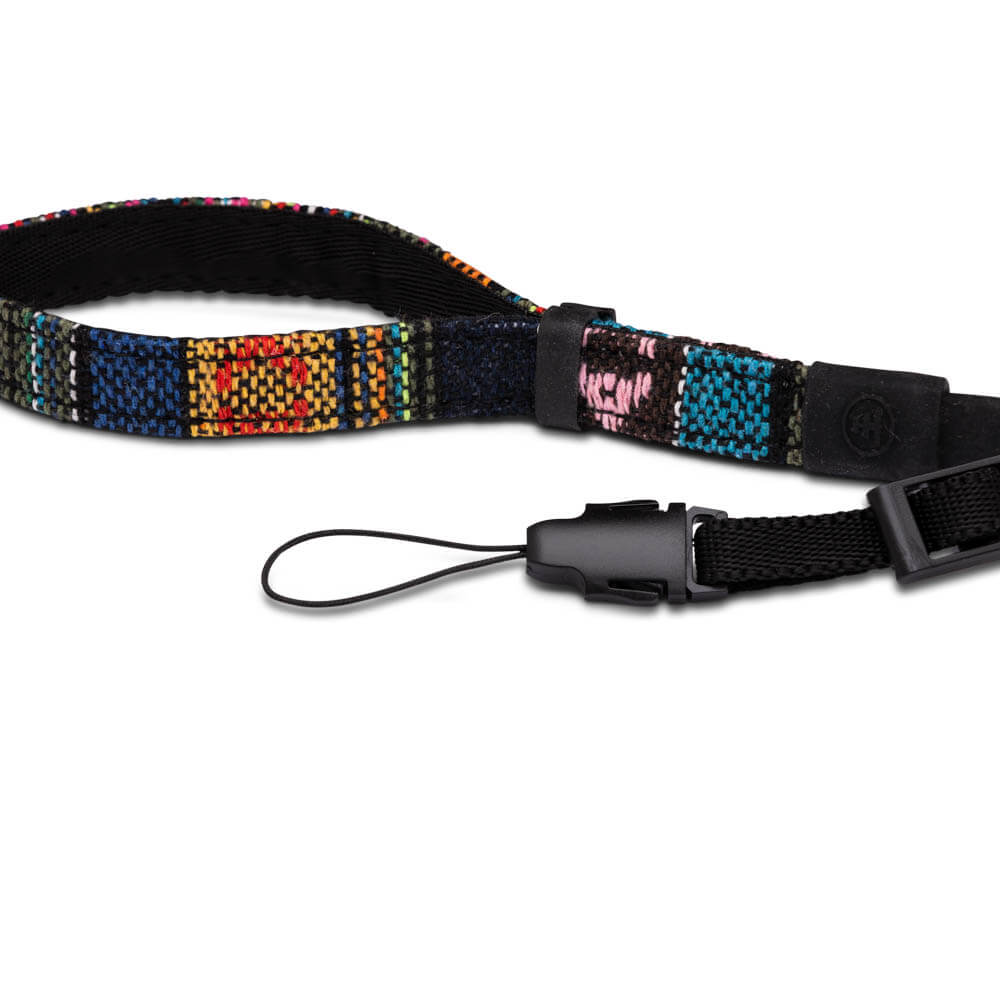Say hello to the smallest woodpecker in North America. Cute, isn’t he?
Downy woodpeckers are probably the most familiar woodpecker to people living in the eastern states. They aren’t exactly shy and like to frequent backyards and parks. What might surprise you, though, its manoeuvrability. Being tiny has its perks.
Although small in size, the downy woodpecker’s contribution to the US agriculture industry is significant. Fortunately, they have a keen taste for the larvae of the European corn borer — a pesky beetle that costs over $1 billion in yearly crop losses.
Along with a few other species, the downy woodpecker helps eliminate up to 30% of the invasive insect’s larvae. Just imagine the amount of loss we’d face without our feathered friends!

Expert Facts
Life gets busy, so we’ll get to the point with a few quick facts — so next time you’re trying to impress, you have something to pull out of your sleeve.
They sniff for snacks. Downy woodpeckers have a highly sensitive sniffer, allowing them to pick up on the formic acid produced by the insects they eat. They can even smell prey that’s crawling underneath layers of bark. No energy is wasted as it strikes with precision and captures its target.
Males and females hunt differently. Male and female downy woodpeckers are in direct competition for food, which resulted in differing hunting techniques. While males forage on twigs and weeds closer to the ground, females drum more through the main trunk and larger branches.
They’re A+ parents. Mother and father downy woodpeckers continue to feed their young after they fledge for up to 3 weeks!

Features
Measuring just 14-18 inches, downy woodpeckers are built to strut across the tiniest of twigs. Unlike their cousins, this woodpecker isn’t limited to foraging from a tree’s main trunk.
Appearance is another case, though. Downy woodpeckers resemble their relatives with broad shoulders, a chisel-shaped beak, and a pin-straight posture.
In fact, they can be difficult to distinguish from hairy woodpeckers — even though the two are not closely related genetically. The easiest way to tell a downy from a hairy is by size; hairy woodpeckers are about 50% longer.
Downy woodpeckers don’t vary in appearance too much by region. However, western birds are a tinge darker overall. Instead of a white underbelly, it’s more like a dirty dishwater, greyish-brown hue.
Juvenile and male birds both don red feathers on their heads — but the juvenile wears a red cap while the male’s red feathers are only on its nape. The female lacks red feathers, but still turns heads with her black and white checkerboard plumage. This same pattern is sported by all downy woodpeckers and is accompanied by a thick white stripe extending down their back.

Habitat
Downy woodpeckers have a wide distribution that spans the majority of US territory and parts of Canada. They’re prevalent in Alaska, Washington, Oregon, the Southeastern states, and are year-long residents of the Rocky Mountains. But as you creep into the arrid conditions of the Southwestern states, the bird draws its line.
Instead, they prefer open (especially deciduous) woodlands — after all, that is where they find their food. They’re overall not much into migration, but sometimes move slightly southwards for the winter months. At the same time, those birds higher up the Rockies tend to temporarily move down in elevation.

Diet
As with most woodpeckers, the downy’s diet is primarily made up of insects. They also eat a few berries and seeds when insects aren’t as plentiful, like during winter. And humans usually feed these backyard visitors with peanut butter and suet via a bird feeder.
You can tell when a downy woodpecker is on the hunt when you see it swiftly gliding and hopping across branches. They use their bills to tap the wooded surface, then listen and feel for movement to indicate her prey is near.
Another hunting technique is to forge hollows in trees so they can easily capture the insects dwelling within. Downy woodpeckers have relatively long tongues covered in a sticky saliva, so they can easily snag any creepy crawly they come in contact with.

Parenting and Behavior
Downy woodpeckers don’t only peck for food — since they don’t sing songs, the drumming serves as a form of communication. They use it to establish territory as well as for mating.
When downy woodpeckers are interested in one another, the male and female alternate drumming. The male makes his move by slowly inching closer to the female between pecking. Once a partnership is formed, the birds remain monogamous, and the drumming continues as a way to keep in contact.
The most common spot for a downy woodpecker to nest is in a tree cavity. Even better, if the hollow is disguised by moss or lichens to provide an added layer of security. Northern birds usually produce 1 brood per year, but southern birds may have up to 2. They typically lay clutches of 4 or 5, but will sometimes lay up to 6 eggs.
Both male and female participate in incubation and caring for their young. They supply their chicks as many insects possible, several times per hour. It’s a lot of work, which usually continues for a few weeks after fledging.
Even though downy woodpeckers don’t actually sing songs, they are still very vocal — especially during summer. Their calls are quick and subtle, ranging from a “churrrrr” to a “pik”. In flight, they use the same rise-and-fall flight style seen commonly with other woodpeckers.
Their conservation status is of least concern, as they have a pretty steadfast population. And the longest recorded lifespan of a downy is just 1 month shy of 12 years.



